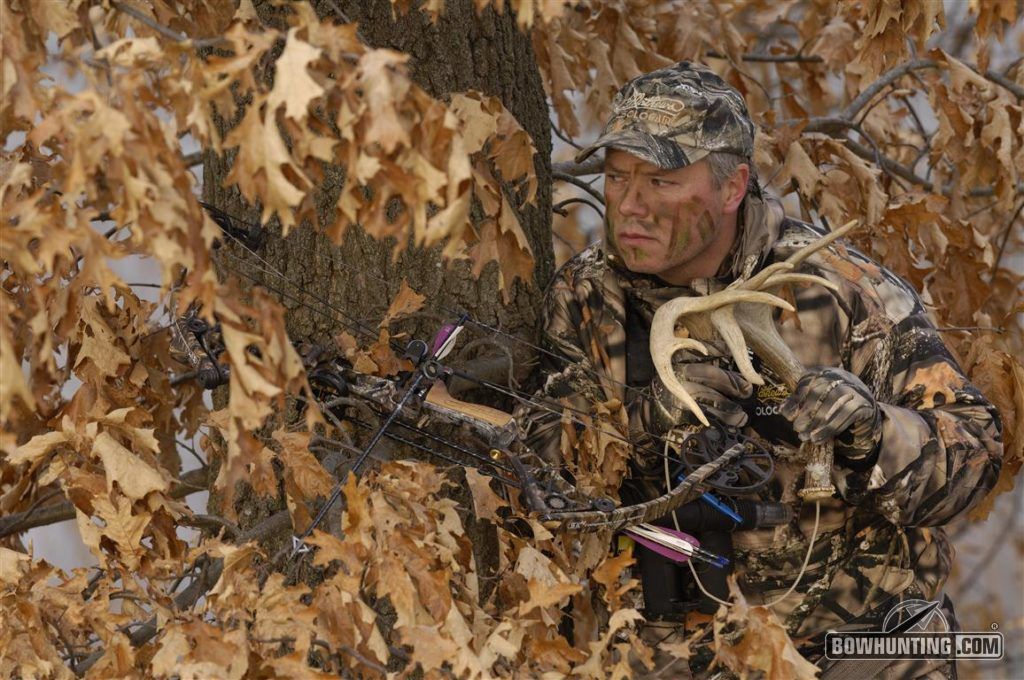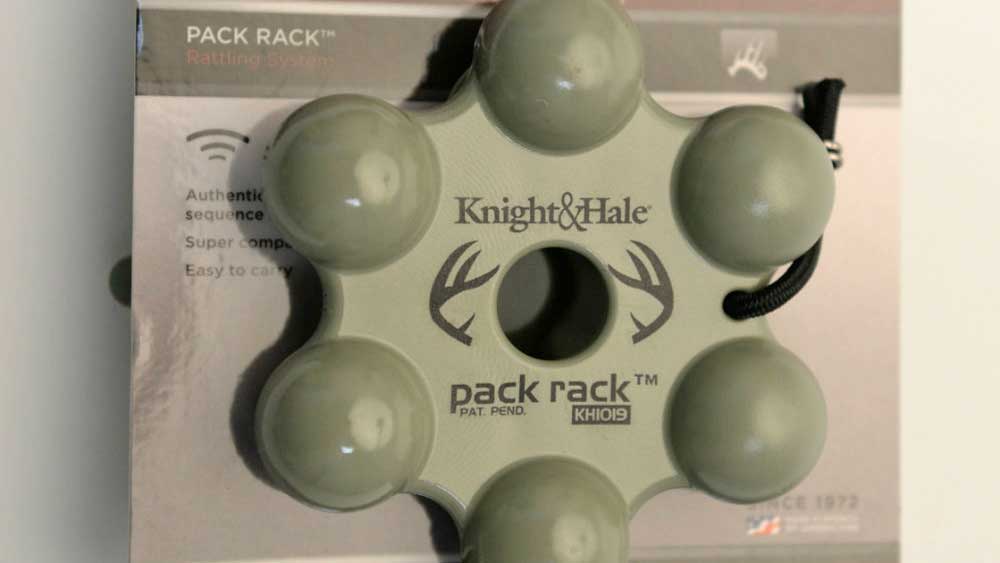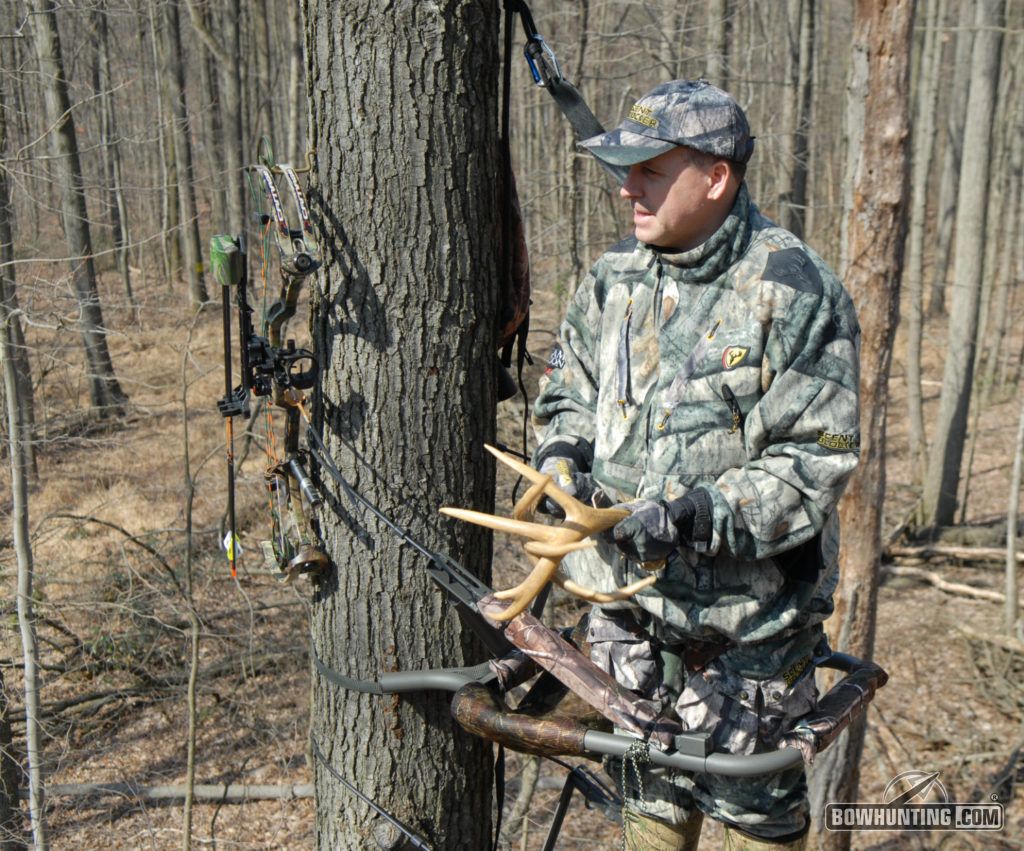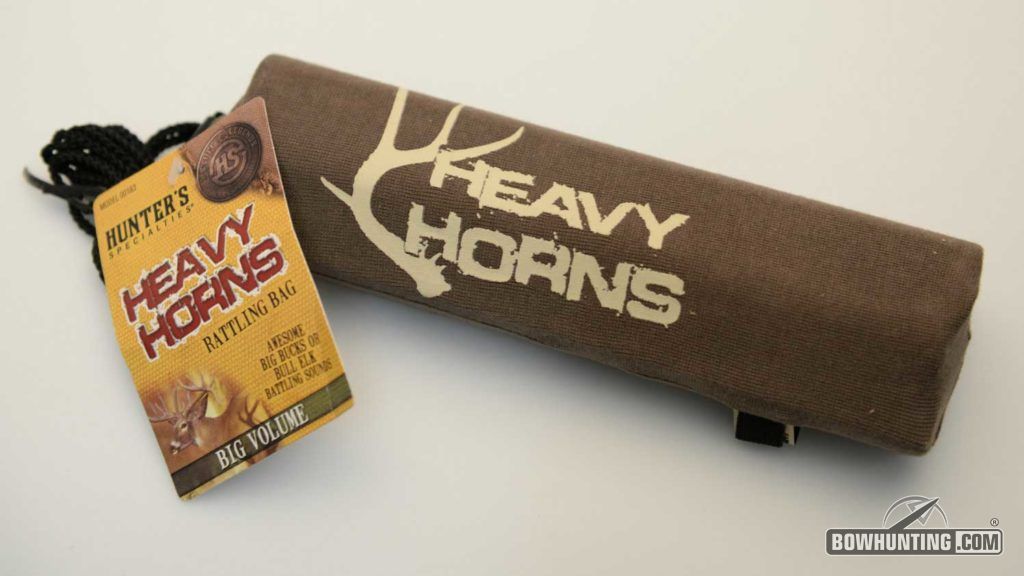Rattling.
Done correctly, it can produce results that will have your knees knocking as you watch one of the biggest bucks in the forest stomping your way. How many times have you heard about bowhunters tagging the best bucks of their lives after banging the horns together?
Done incorrectly, however, rattling can leave you feeling like you’re the only living creature in the woods. It can push the deer into the next county faster than a trumpet.
The difference between rattling correctly and incorrectly usually comes down to timing. Do the right thing at the right time, and the bucks will fall. Do the wrong thing at the wrong time, and you’ll be eating tag soup.
Rattling, of course, mimics the sound of two bucks locking antlers. A lot of hunters tend to think this is just a rut-time activity. And for sure, that is a period when bucks are bumping heads. But it’s not the only time. Except for when their antlers are cloaked in sensitive velvet, bucks will lock horns any time of the year when they’ve got the headgear on.
Here’s a closer look at rattling through the season.

You never know what will unfold when you put the horns together. Rattling up bucks can be one of the most exciting elements of the hunt.
EARLY SEASON
Contrary to what you might think, you can rattle up a buck in the early season, as soon as the velvet drops. But you can’t rattle at all like you would during the rut. This is play time. This is a time of year when bucks will just lightly tickle their antlers together.
Think of it like two buddies pretending to fight. It’s slow. It’s not aggressive. The hits have no force behind them.
With your rattling antlers or bag, you should just barely be making any noise at all beyond a slight clicking sound. The clicking should be slow and have long pauses. It’s light and non-aggressive. Your hope is that there’s a buck or two nearby who are just out looking for some friends to hang with.
The Knight & Hale Pack Rack is perfect for calling this time of year, because you can really dial down the volume, but still produce realistic sounds. If you like using real antlers, choose a small set. The sounds they produce are softer and higher-pitched than the 150-inch horns.

The Knight & Hale Pack Rack is easy to carry and makes the realistic sounds of two bucks scrapping it out.
PRE-RUT
When the bachelor bucks break up, and you start seeing solid rub lines in the woods, now it’s time to put a little more mustard into your rattling. The emphasis is on “a little.”
We’re still not dealing yet with bucks trying to kill each other over a lady. Now we’re talking about bucks building their neck muscles for the coming fights and about bucks establishing a pecking order.
So what you’ll hear this time of the season are periods of clicking that might last 3 or 4 seconds and include some light grunting. There will be a pause, and then another 3 or 4 seconds of clicking.
Give your calling sets a little more volume than you did a few weeks earlier, but don’t include any big cracks. In other words, don’t slam the antlers together or bang the rattle bag hard. Do two or three rattling sets, and then stop for 20 minutes or so.
The goal is to draw in a feisty buck looking for a little sparring session, or a buck that wants to establish his place in the pecking order. Most any of the manufactured rattling calls will work here, although I’d steer clear of those that are meant to produce the loudest sounds possible. And I still wouldn’t break out the 150-inch real antlers yet.

Don’t fall to the myth that rattling is only for the rut. Rattling throughout the season can produce big buck results.
THE EXCEPTION
As a nod to several seasoned bowhunters who all have relayed the same message over the years, I have to make note of an exception to the early and pre-rut advice about keeping the volume down when rattling. More than one hunter has told me about times where they’ve banged their horns together with all their might long before the full rut began. But all did it in the same situation for the same reason.
These hunters spotted bucks at long distances, and the bucks were not on a travel path that would bring them to the hunters. So the hunters cracked their antlers together to get the bucks’ attention. Sometimes it worked, and the bucks ventured over to see what was happening. Most times the buck showed no reaction and kept on trucking.
The point of the rattling effort was to do something rather than nothing. The buck wasn’t coming any closer anyway, so why not take a shot at piquing his curiosity?

The Heavy Horns from Hunter Specialties creates the unique sound of two mature bucks battling it out in serious fight.
THE RUT
- The rut is on now, and all hell is breaking loose. Bucks are fighting sometimes to the death over territory and hot does. Your goal in rattling is to convince the biggest buck around that there’s a fight over a hot doe, and so he needs to come take the lady away from the fighters.
Now’s the time to be aggressive. Now’s the time to make your antlers or rattle bag go, “Crack!” Think about two 200-pound bullies in a winner-takes-all cage match, and imitate that with your rattling. And add some heavy grunts and growls into the mix. Physical exertion of this magnitude causes grunting. Imitate that.
Go for the high-intensity rattle calls here, such as the Hunter’s Specialties Heavy Horns bag. And by all means, take those 150-inch horns to the woods now, and bang them together.
Rattling is one of those tricks that takes some trial-and-error experimentation to figure out what works best in your area. But use these recommendations as a guide, and see if it doesn’t get you headed in the right direction.

 By
By 



